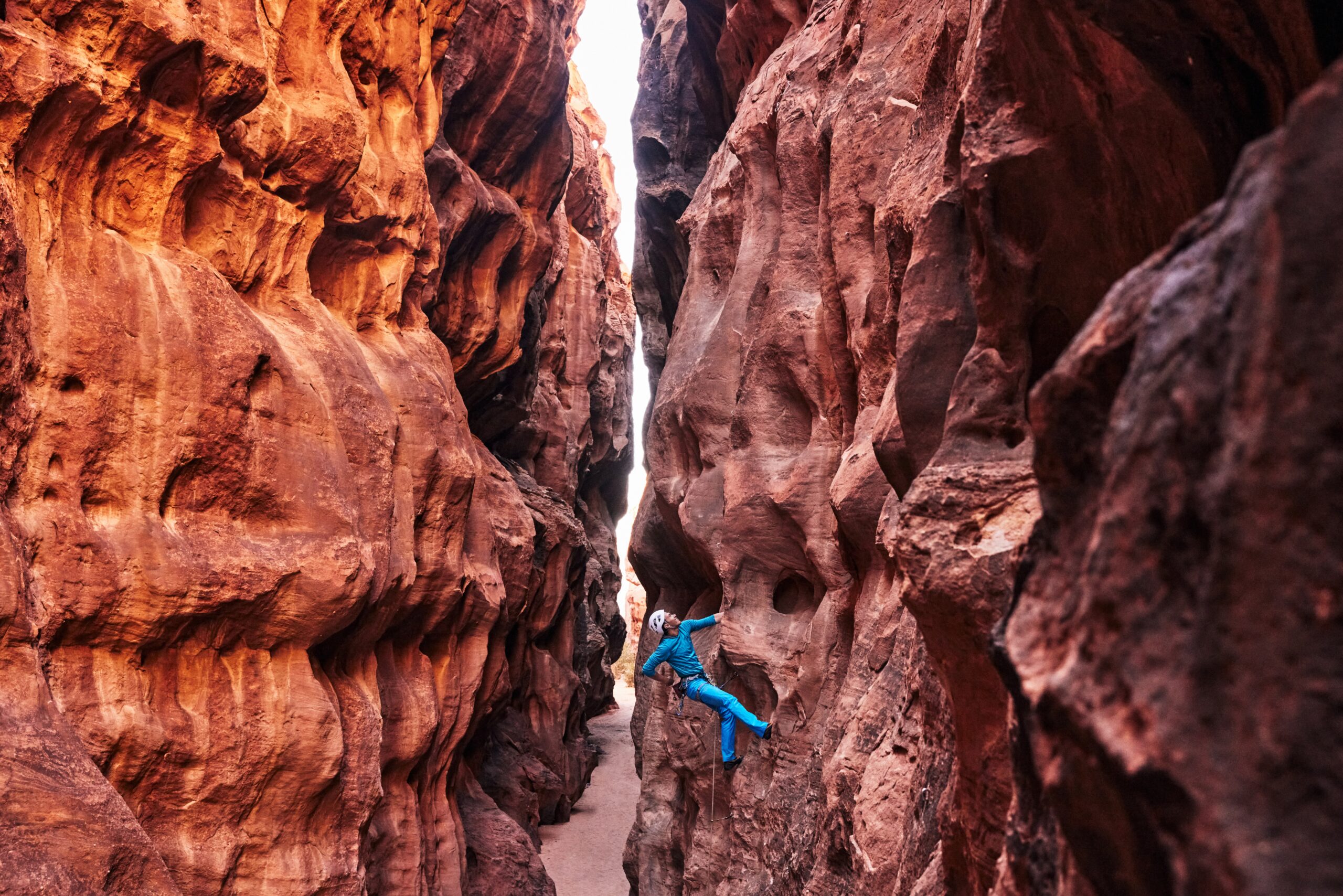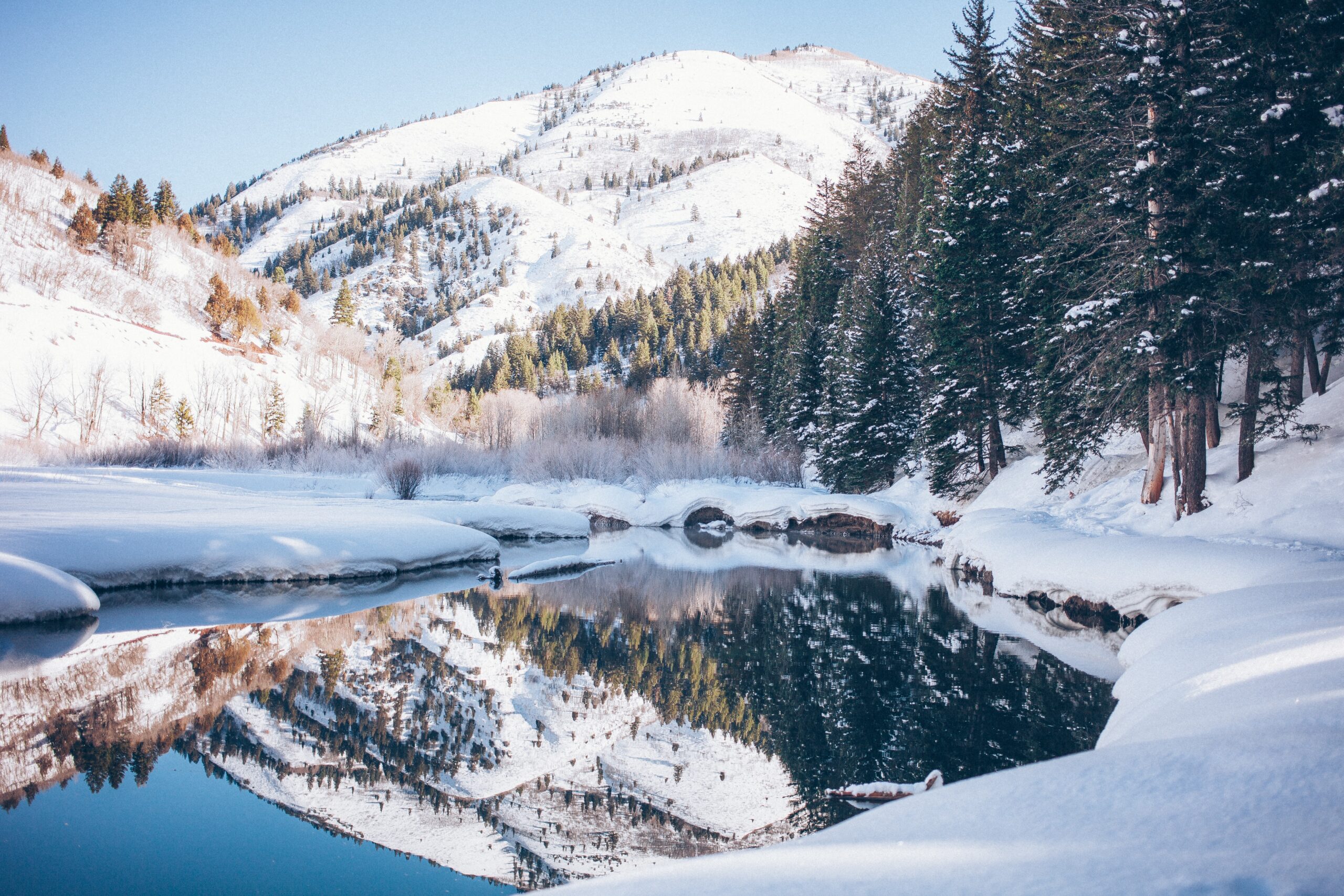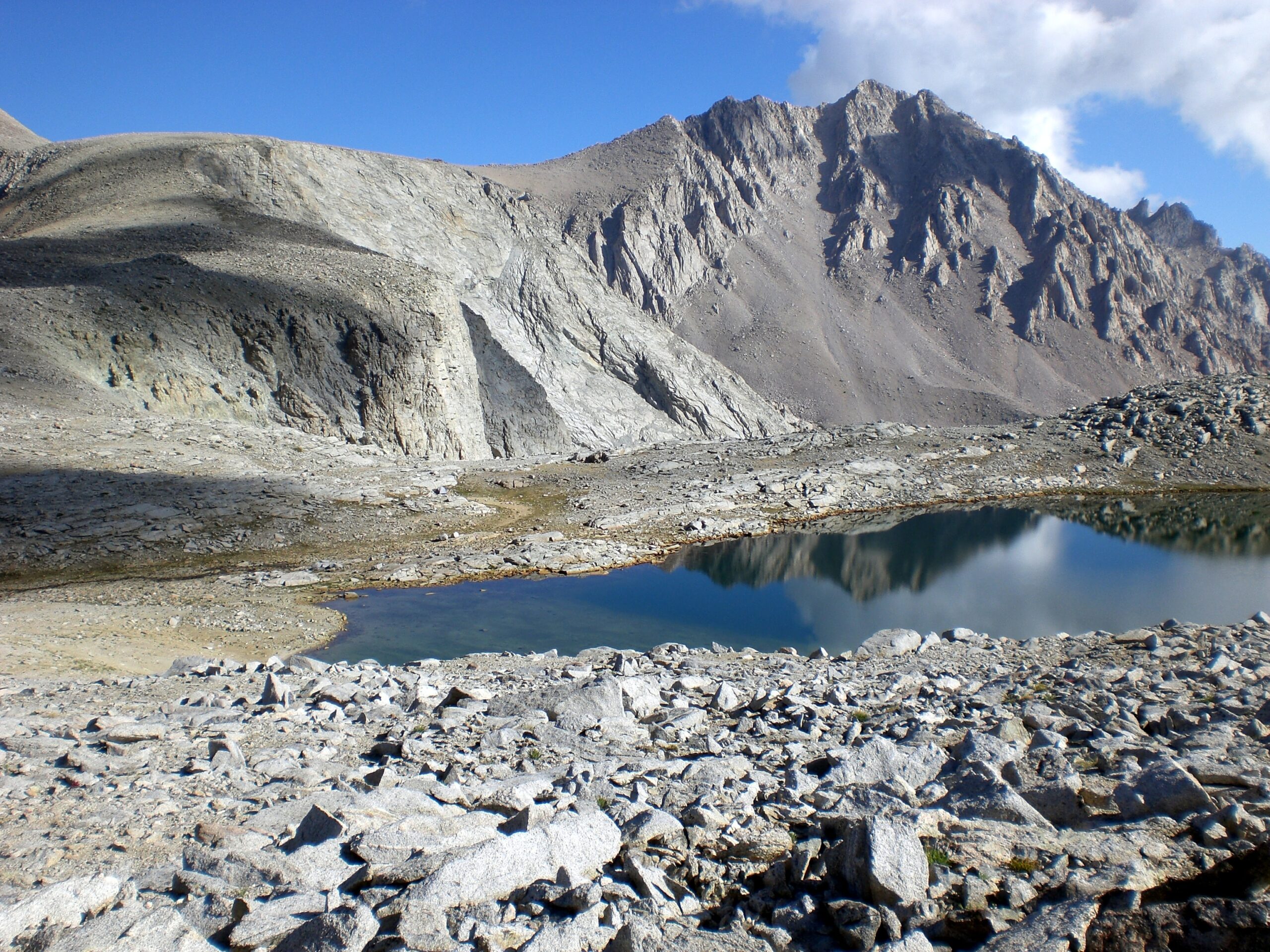Have you ever wondered which mountain is more challenging to climb: Shasta or Rainier? Both towering peaks are renowned for their impressive beauty and lure adventure seekers from around the world. While both Shasta and Rainier pose their own unique set of challenges, choosing which one is harder to conquer is no easy feat. In this article, we'll explore the rugged terrains, treacherous weather conditions, and other factors that make these two mountains a true test of physical and mental strength. So, if you're ready to embark on a thrilling journey through the world of mountaineering, let's discover which mountain holds the greater level of difficulty – Shasta or Rainier.
Introduction to Mount Shasta and Mount Rainier
Mount Shasta and Mount Rainier are two renowned mountains located in the western United States. These majestic peaks attract climbers from all around the world due to their stunning beauty and challenging terrain. While both mountains offer unique experiences, they also have distinct characteristics that make each climb a truly remarkable adventure.
Basic information about Mount Shasta
Mount Shasta, located in Northern California, rises to a height of 14,179 feet (4,322 meters). It is a dormant stratovolcano and the second-highest peak in the Cascade Range. Known for its symmetrical cone shape and snow-capped summit, Mount Shasta is considered one of the most photogenic mountains in the world.
Background of Mount Rainier
On the other hand, Mount Rainier, situated in Washington State, stands tall at 14,410 feet (4,392 meters) and is an active stratovolcano. It is the highest peak in the state and the most glaciated mountain in the contiguous United States. Mount Rainier's impressive glaciers and rugged beauty make it a prominent landmark in the region.
Comparison of their heights
In terms of height, Mount Rainier surpasses Mount Shasta by approximately 231 feet (70 meters). While this difference may seem minimal, it can greatly impact the climbing experience due to variations in weather conditions and physical demands at higher altitudes.
Geographic Location and Climatic Conditions
Climate and weather patterns of Mount Shasta
Mount Shasta's location in Northern California gives it a unique climate. The mountain's proximity to the Pacific Ocean brings a maritime influence, resulting in cool summers and relatively mild winters. However, weather conditions can change rapidly, and climbers must be prepared for sudden storms and heavy snowfall, especially at higher elevations.
Climate and weather patterns of Mount Rainier
In comparison, Mount Rainier's location in Washington State exposes it to a different climatic environment. The Pacific Northwest weather can be highly unpredictable, characterized by mild and wet winters and cooler summers. The mountain's proximity to the ocean and its higher latitude contribute to more frequent storms, heavy precipitation, and challenging climbing conditions.
How these variables affect climbing
The climatic differences between Mount Shasta and Mount Rainier significantly impact the climbing experience. The ability to anticipate and adapt to rapidly changing weather conditions is crucial for climbers on both mountains. With Mount Rainier's higher elevation and susceptibility to inclement weather, climbers must be prepared for colder temperatures, strong winds, and increased risk of avalanches.

Terrain and Trails
Terrain and trail description of Mount Shasta
Mount Shasta's terrain offers a variety of routes catering to climbers of different skill levels. The mountain boasts glaciers, steep slopes, and rocky outcrops, providing a challenging yet rewarding experience. Popular routes such as the Avalanche Gulch and the West Face offer breathtaking views and require technical mountaineering skills. However, less experienced climbers can also find suitable routes with less technical difficulties.
Terrain and trail description of Mount Rainier
Mount Rainier presents a more rugged and glaciated terrain compared to Mount Shasta. The mountain's extensive glaciers, crevasses, and icefalls demand a higher level of technical proficiency. Routes like the Disappointment Cleaver and the Emmons-Winthrop Glacier route require climbers to navigate through complex glacier travel and ice climbing sections. The challenging terrain of Mount Rainier calls for experienced mountaineers who are well-versed in glacier travel and crevasse rescue techniques.
Comparison of the difficulty level of both terrains and trails
When comparing the difficulty level of terrain and trails, it is generally agreed upon that Mount Rainier poses a greater challenge than Mount Shasta. The glaciers, crevasses, and icefalls on Mount Rainier demand advanced mountaineering skills and experience, making it a more technically demanding climb. However, Mount Shasta still offers a range of routes suitable for climbers of various skill levels, providing an opportunity for beginners to gain experience and progress to more challenging climbs.
Climbing Season
Best time of the year to climb Mount Shasta
The climbing season for Mount Shasta typically spans from late spring to early fall. During this period, the snow has melted enough to provide safer climbing conditions, and the weather is generally more favorable. Late spring and early summer offer the best combination of stable weather, manageable snow conditions, and longer daylight hours for climbers attempting the routes.
Best time of the year to climb Mount Rainier
For Mount Rainier, the ideal climbing season falls between late May and early September. During this period, the mountain experiences milder weather, reduced avalanche hazards, and better climbing conditions overall. It is essential to avoid the late summer months when rockfall and crevasse hazards increase due to thawing glaciers.
Comparison of the two climbing seasons
While both mountains have distinct climbing seasons, Mount Rainier poses a shorter and narrower window of opportunity due to its more challenging terrain and unpredictable weather conditions. Both mountains require climbers to carefully plan their expeditions based on the specific time frame that provides the best balance of weather stability, snow conditions, and overall safety.

Required Climbing Skills
Mountaineering skills needed for Mount Shasta
To climb Mount Shasta, climbers should possess a solid foundation in basic mountaineering skills. These skills include proper use of crampons and ice axes, self-arrest techniques, knowledge of rope management, and navigation skills. Familiarity with glacier travel, avalanche awareness, and crevasse rescue is also essential for tackling more technical routes.
Mountaineering skills needed for Mount Rainier
Climbing Mount Rainier demands a higher degree of technical expertise and experience. In addition to the skills required for Mount Shasta, climbers must be proficient in glacier travel, crevasse rescue, and ice climbing techniques. Proficiency in roped team travel, efficient route finding, and altitude acclimatization are crucial for safely navigating the more challenging terrain.
Comparison of the skill level required for both mountains
The skill level required for climbing Mount Rainier is generally considered to be more advanced compared to Mount Shasta. Mount Rainier's glaciers, crevasses, and the potential for hazardous weather demand a higher level of mountaineering competence. While Mount Shasta still requires proficiency in basic mountaineering skills, it provides a more accessible starting point for climbers looking to develop their abilities and progress to more technical climbs.
Climbing Gear and Equipment
Types of gear and equipment needed for Mount Shasta
Climbing Mount Shasta necessitates a comprehensive set of climbing gear and equipment. Essential items include mountaineering boots, crampons, ice axes, a climbing helmet, harness, ropes, and carabiners. Adequate clothing layers, including waterproof and wind-resistant outerwear, insulating layers, and gloves, are crucial for protection against changing weather conditions. Additionally, climbers should carry navigation tools, headlamps, first aid kits, and sufficient food and water supplies.
Types of gear and equipment needed for Mount Rainier
Mount Rainier's more technical terrain and glaciated environment require climbers to equip themselves with specialized gear. In addition to the items necessary for Mount Shasta, climbers on Mount Rainier must have crevasse rescue equipment, snow pickets, ice screws, and pulleys. Climbing boots with better insulation and crampons designed for ice climbing are also recommended. Adequate protection against harsh weather, including complete layering systems, expedition-weight down jackets, and sturdy double boots, is vital for climbers on Rainier.
Comparison of gear requirements for both
The gear requirements for Mount Rainier are generally more extensive and specialized compared to Mount Shasta. Mount Rainier's technical terrain and glaciers demand additional equipment, such as crevasse rescue gear and specialized ice climbing gear. While both mountains require climbers to be well-prepared with appropriate clothing and equipment, climbers on Mount Rainier must invest in more advanced gear to ensure safety and comfort in the challenging environment.

Safety Precautions and Concerns
Safety concerns while climbing Mount Shasta
When climbing Mount Shasta, several safety concerns should be considered. Rapidly changing weather conditions can lead to reduced visibility, increased avalanche risks, and extreme cold. Climbers must be aware of snow and ice conditions, which can vary significantly based on the time of year or recent weather events. Altitude sickness should also be a concern, especially for climbers ascending rapidly to higher elevations.
Safety concerns while climbing Mount Rainier
Mount Rainier presents additional safety concerns due to its glaciated terrain and unpredictable weather. Crevasses pose a significant hazard, and climbers must be proficient in glacier travel and crevasse rescue techniques. Avalanches are also a potential danger on steeper sections of the mountain. Additionally, the risk of altitude sickness is heightened on Mount Rainier due to its higher elevation.
Comparison of challenges and hazards
While both mountains present unique challenges and hazards, Mount Rainier's glaciated terrain, crevasse hazards, and more unpredictable weather conditions set it apart as a greater safety concern. The technical demands and potential for dangerous situations require climbers to have advanced skills, knowledge, and experience. Mount Shasta, although still requiring caution and preparation, poses a relatively lower level of risk in comparison.
Permits and Regulations
Climbing permits and regulations for Mount Shasta
Climbing Mount Shasta requires a climbing permit, which can be obtained from the United States Forest Service (USFS). The permit helps ensure the conservation and protection of the mountain and its surrounding wilderness. Climbers are also required to familiarize themselves with any specific regulations or restrictions imposed by the USFS to ensure responsible climbing practices and minimize environmental impact.
Climbing permits and regulations for Mount Rainier
Mount Rainier National Park mandates that climbers obtain a climbing permit before embarking on their ascent. The park has specific regulations in place to protect the fragile alpine environment and minimize the impact of human activity. Climbers must adhere to designated camping areas, proper waste disposal practices, and regulations surrounding routes and group sizes.
Comparison of both processes
The process of obtaining climbing permits and adhering to regulations is similar for both Mount Shasta and Mount Rainier. Both mountains aim to protect their unique ecosystems and ensure climbers approach their expeditions responsibly. However, due to Mount Rainier's status as a national park, the regulations and permit requirements may be more stringent compared to Mount Shasta, which is managed by the USFS.
Experience of Climbers
Climbers' experience at Mount Shasta
Climbers who have tackled Mount Shasta often describe it as an incredible adventure that offers stunning views and a variety of climbing experiences. Many appreciate the accessibility of multiple routes suitable for climbers of various skill levels. Some climbers specifically highlight the beauty of the mountain's glaciers and the exhilaration of reaching the summit.
Climbers' experience at Mount Rainier
Mount Rainier is often seen as an iconic and challenging climbing destination by experienced mountaineers. Climbers who have conquered this formidable peak recount tales of stunning vistas, challenging technical sections, and a profound sense of accomplishment. The awe-inspiring glaciers and the physical and mental demands of scaling Rainier create a unique and memorable experience.
Feedback and stories from previous climbers
Climbers who have tackled both Mount Shasta and Mount Rainier emphasize the contrasting experiences offered by the two mountains. While Mount Shasta is regarded as an excellent training ground for aspiring mountaineers, Mount Rainier presents a more rigorous and technical climb. Climbers highlight the importance of adequate preparation, physical fitness, and technical competence for attempting either mountain successfully.
Final Comparison and Conclusion
Overall comparison of difficulties in climbing both mountains
In comparing the difficulties of climbing Mount Shasta and Mount Rainier, it is evident that Mount Rainier presents a greater challenge due to its technical terrain, glaciated environment, and unpredictable weather conditions. Mount Shasta, while still demanding, offers a more accessible starting point for climbers looking to develop their skills and progress to more challenging climbs.
Concluding thoughts based on information presented
Both Mount Shasta and Mount Rainier provide climbers with unique and rewarding experiences. The decision of whether to tackle the challenge of Mount Shasta or the more demanding Mount Rainier ultimately depends on an individual's climbing experience, technical abilities, and goals. Proper preparation, training, and experience are key factors in ensuring a safe and successful climb on either mountain.
Advice for potential climbers
For aspiring climbers considering Mount Shasta or Mount Rainier, it is crucial to prioritize safety and adequately prepare for the challenges ahead. Seek guidance from experienced climbers or professional mountaineering guides to gain the necessary skills and knowledge. Engage in physical training to build stamina, endurance, and strength. Additionally, acquire the appropriate gear, follow climbing regulations, and be aware of weather conditions and potential hazards. Remember, climbing these majestic peaks is an extraordinary accomplishment, but it requires careful planning and a profound respect for the mountains' power.

